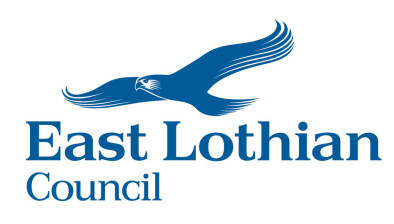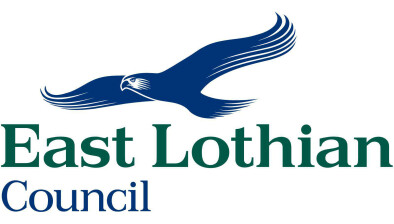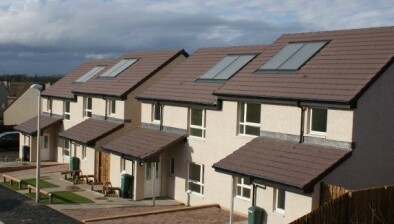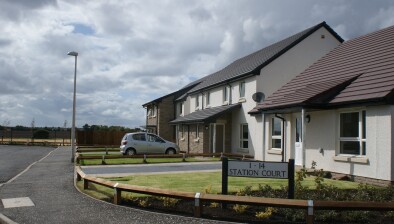East Lothian Council agrees council tax and rent increases
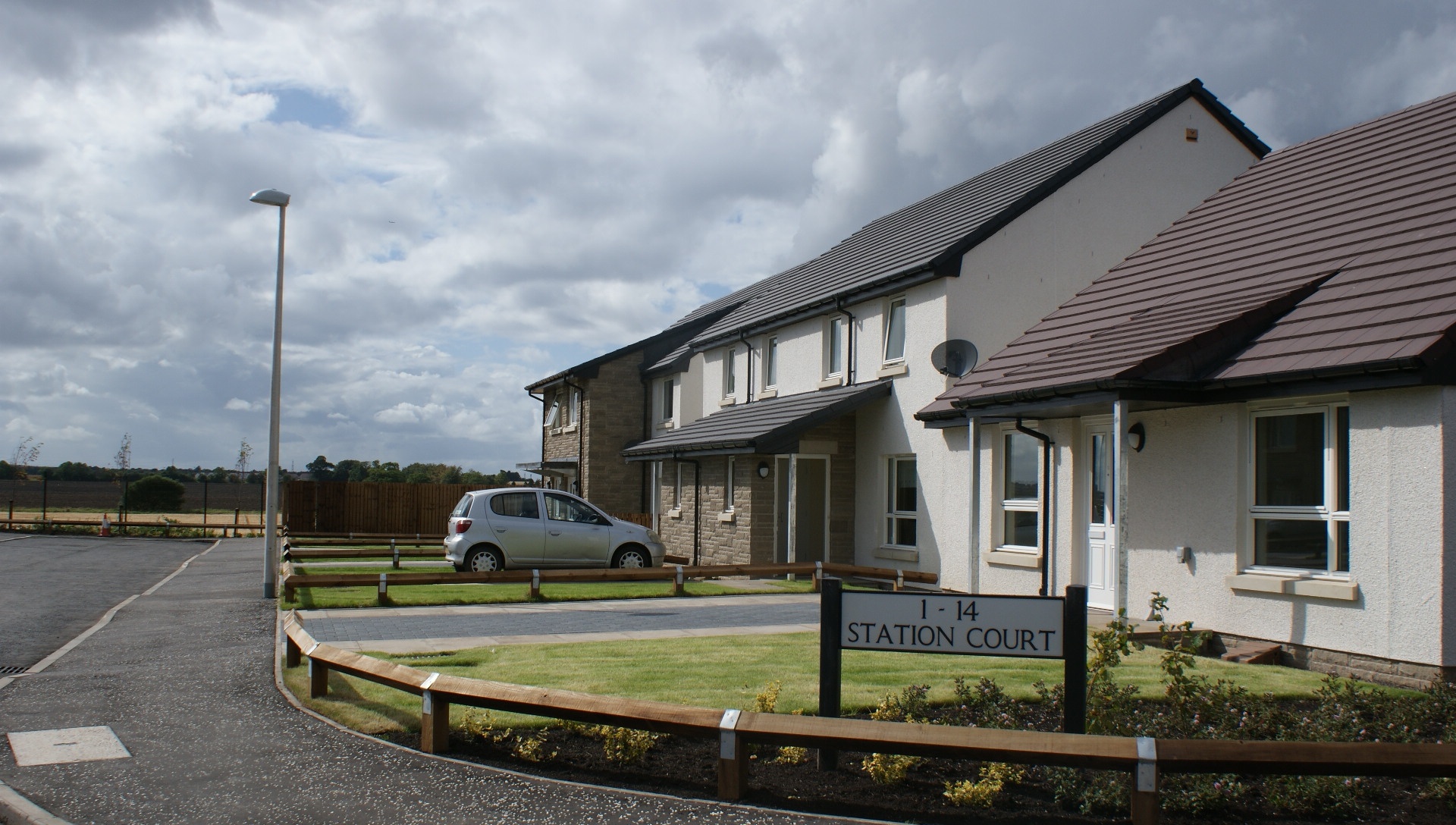
East Lothian Council has agreed its council budget for 2023/24, with council tax set to increase by 7% and council rents to rise by 5%.
Councillors met yesterday to agree spending plans for the year ahead, with difficult decisions required to plug an £18.9 million funding gap.
Council tax will increase by 7% to help maintain local services, with promotion of existing support for individuals and families who are financially vulnerable and impacted by rising household costs.
The increase will represent an annual increase of £93.92 for a band D property, which equates to a weekly increase of £1.80.
On rents, the council heard that a consultation had been carried out at the end of 2022 and the majority of respondents to the survey were supportive of an increase in rent although a higher number indicated they would be comfortable with a 3% rent increase.
However, since the consultation proposals were first established (options were a rent freeze, a 3% increase or a 5% increase) further modelling based on new higher interest rates and ongoing cost increases in building materials together with the cumulative impact of the previous two years’ rent freeze, mean that anything less than a 5% rise would mean a reduction in levels of services and investment priorities would be inevitable.
The rent increase follows rent freezes in both 2022/23 and 2021/22 and will increase the current average weekly rent from £72.61 to £76.24.
Councillor Andy Forrest, cabinet spokesperson for housing and property maintenance, said: “This was a really difficult decision for Council to take as we know the pressures on household finances at the moment. However, East Lothian Council rents remain one of the lowest in Scotland and the rise is in line with COSLA’s recommendation that any rent rises be less than £5 per week.
“We are striking a balance between keeping rents affordable and being able to maintain services for our tenants such as repairs and maintenance, modernisation programmes including kitchens and bathrooms and, of course, our commitment to increasing our stock of council houses by investing in new builds. We know from the results of the consultation that the majority of tenants think the rent they pay is good value for money with 96 per cent of respondents agreeing that we should continue to modernise our council houses and 89 per cent supportive of our programme to build new council houses.”
Council leader Norman Hampshire added: “The scale of the mounting financial difficulties facing councils nationally is unprecedented. East Lothian is not immune.
“Councils continue to deal with very significant external pressures such as rising supply and energy costs, inflation, interest rate rises and the cost of borrowing. Income has not been keeping pace with the cost of delivering services, at a time when East Lothian is one of Scotland’s fastest growing areas.
“Most of our revenue budget comes from national government with council tax income representing less than a quarter of funding.”
He continued: “In East Lothian, our grant from central government is the third lowest in Scotland per head of population. There is no recognition within the grant received of East Lothian’s increasing population and the rising costs that arise, including the staffing and running of new schools. At a time when we are delivering significant growth, this is putting huge pressure on our budget.
“East Lothian Council takes its obligations and responsibilities seriously. We are in a climate emergency and for local government to play the role that it needs to deliver a Net Zero Scotland, more not less funding, without spending restriction, needs to be made available to councils.”






